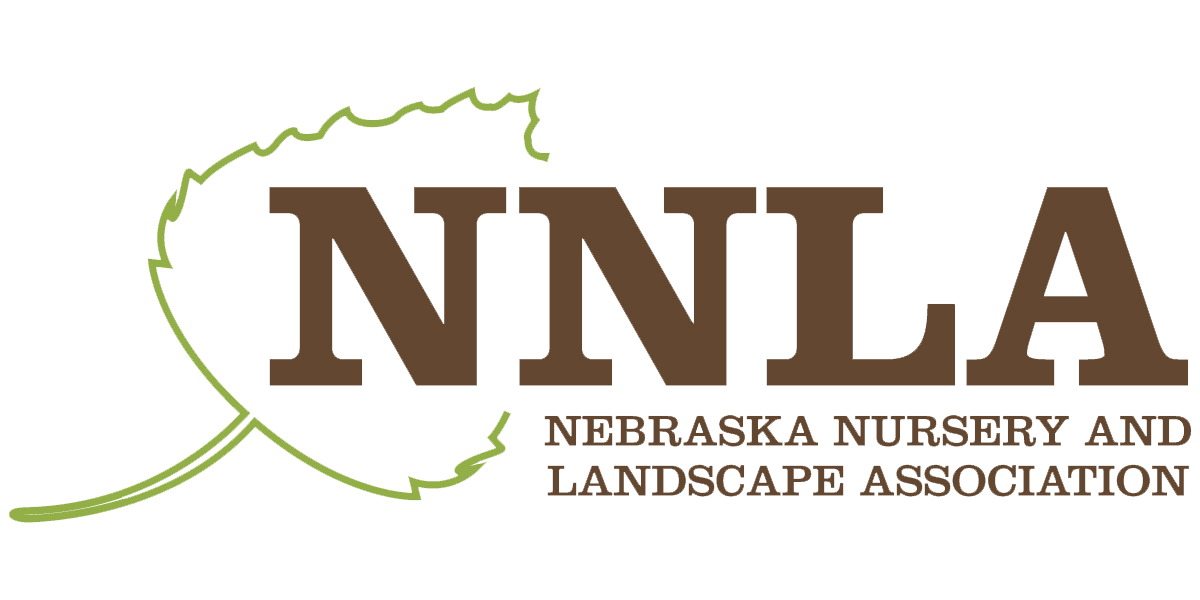Great Expectations—Just How Perennial is that Perennial?
While the word perennial is defined as “lasting or existing for a long or apparently infinite time,” a
perennial plant is defined much more modestly as “a plant that lives more than two years.”
Thankfully there are many that survive for a decade or more and make a gardener’s life much easier. Beds don’t have to be replanted, much of the structure of the garden remains upright and visible throughout the year and plants don’t have to be purchased annually.
Long-lived Perennials
Below are some of the longest-lived of the perennials. This varies greatly by how favorable the site is, how much care they receive and how much competition they have from other plants. (Note: For plants with dissimilar or lesser-known scientific names, the scientific name follows the common one in the lists below.)
Aster, Symphyotrichon
Astilbe
Balloon flower, Platycodon
Peonies have been known to live 100 years
Bee balm, Monarda
Blazing star, Liatris
Bleeding heart, Dicentra
Butterfly milkweed, Asclepias tuberosa
Campanula
Catmint, Nepeta
Coneflower, Echinacea
Daylily, Hemerocallis
Evening primrose, Oenothera
False indigo, Baptisia
Geranium
Hosta
Iris
Joe-pye weed, Eupatorium
Lenten rose, Helleborus
Peony (under the right conditions some peonies have survived 70-100 years)
Rudbeckia
Sedum
Yarrow, Achillea
Short-lived Perennials
Just as gardeners happily plant annuals every year and are thankful for a summer of bright colors and extended bloom, there are many short-lived perennials we plant knowing they may only survive for a few years. And some of them pay it forward to future years by reseeding themselves into the future. Still, we plant them happily and hope they will continue on by reseeding themselves.
Blanket flower, Gaillardia
Blue-eyed grass, Sisyrinchium
Columbine, Aquilegia
Delphinium
Flax, Linum
Lobelia silphitica
Pinks, Dianthus
Penstemon
Pincushion flower, Scabiosa
Shasta daisy, Leucanthemum
Karma Larsen, Nebraska Statewide Arboretum, plantnebraska.org

